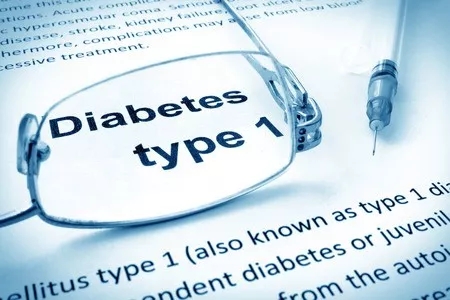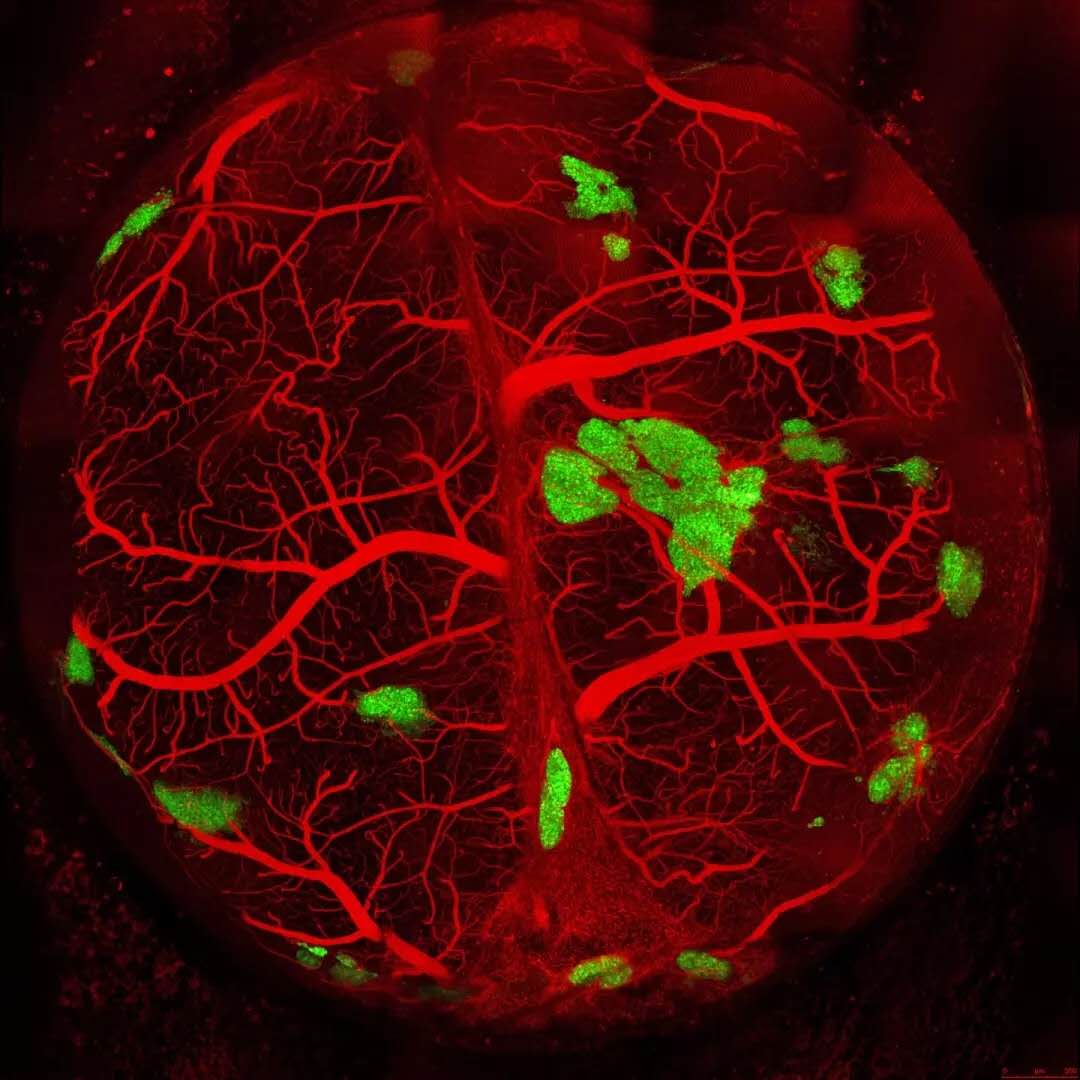Release date: 2018-05-15
With the recent success of islet tissue transplantation, strategies for tissue organ dysfunction using tissue transplantation are receiving increasing attention. Moreover, innovations in stem cell-based tissue engineering further demonstrate the enormous medical potential of this strategy. However, the key to the success of clinical use of tissue transplantation therapy is whether the tissue transplanted into the host can develop a vascular network in time and integrate into the host. Recently, researchers at Yokohama City University (YCU) in Japan developed a bioengineering culture method called "self-condensation" to allow cells in different tissue fragments to automatically condense to form a blood circulation system. Organization. The study was published in the latest issue of Cell Reports.

â–²Image source: 123RF
For patients with type 1 diabetes, because insulin-secreting islets are damaged, they need to receive insulin therapy for life to control their condition. Failure to receive insulin injections in time may endanger their lives. Therefore, the development of a long-term effective treatment will benefit millions of children and adult patients worldwide.
Human islet tissue has been used as a treatment for transplantation into diabetic patients, but the proportion of transplanted tissue successfully integrated into the host is low, because the islet tissue is treated before the transplant surgery to strip the islet vascular system, causing them to supply blood. Insufficient, so can not exert the maximum effect.
"We need a way to get the transplant out of the vascular system in time," said Dr. Hideki Taniguchi of YCU, one of the senior authors of the article.
In this study, the researchers dissociated donated human organs or mouse organs into small pieces of tissue, and then combined them with mesenchymal stem cells (MSNs) and human umbilical endothelial cells (human umbilical). Vascular endothelial cells, HUVECs) are mixed together. These two embryonic progenitor cells have functions to support body and organ formation. These tissue fragments and cells are mixed together in a Petri dish and then awaiting their self-assembly to form a piece of tissue. The results of the study indicate that islet tissue fragments, together with MSNs and HUVECs, are capable of self-assembly to form islet tissue and generate vasculature in the tissue.

â–² This figure shows that the researchers bioengineered and transplanted into the vascularized islets (green areas) of mice.
Bioengineered islets have a vascular network (shown in red) and secrete hormones such as insulin, which are shown 7 days after transplantation.
(Source: Cincinnati Children's Hospital)
When these tissue-engineered islets are transplanted into a mouse model that mimics human type 1 diabetes, they are able to function to secrete insulin and regulate blood sugar as part of the mouse endocrine system. The results of the study showed that this transplanted tissue not only significantly increased the proportion of mice integrated into the transplanted surgery, but also successfully eliminated the disease symptoms of the mice.
“There are 79000 new type 1 diabetes patients a year, and this approach can be a major strategy for curing them,†said Professor Takanori Takebe of YCU, the head of the study.
Past research by Professor Takanori Takebe's team has shown that the use of induced pluripotent stem cells combined with MSNs and HUVECs can produce organoid tissues with vascular systems. This study further expands the source of cells that produce organoids.
We hope that this research will also be suitable for the human body and bring the gospel to diabetic patients as soon as possible.
Reference materials:
[1] Tissue-engineered human pancreatic cells successfully treated
[2] Self-Condensation Culture Enables Vascularization of Tissue Fragments for Efficient Therapeutic Transplantation
Source: WuXi PharmaTech
Veterinary Apis Drug,Veterinary Raw Materials,Veterinary Apis Medicine,Animal Raw Materials Drug
NANYANG CHENGPENG PHARMACEUTICAL CO.,LTD , https://www.chppharm.com